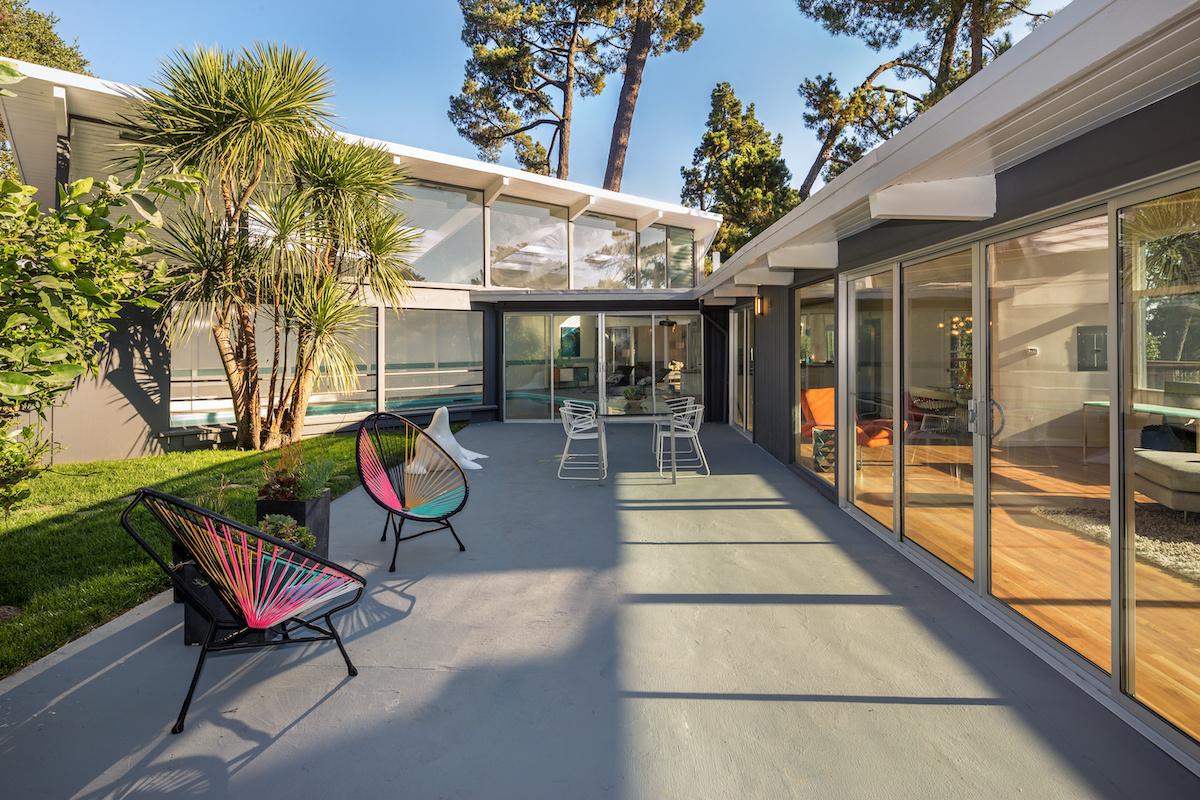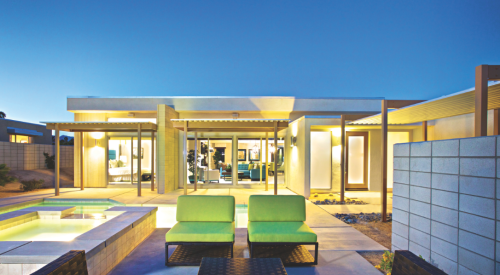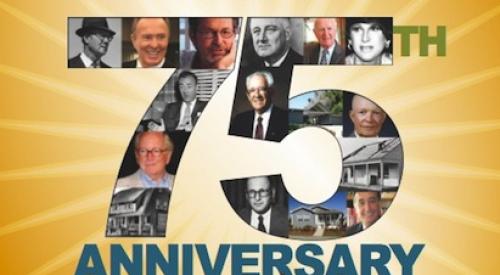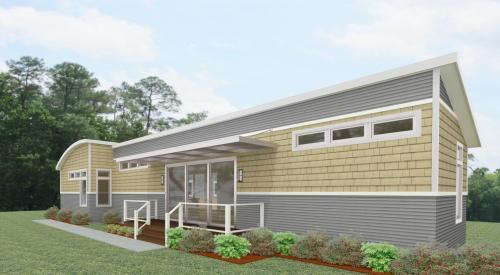When Arts & Architecture magazine editor John Entenza began the Case Study House Program in 1945, he envisioned it as a solution to housing shortages. The homes were asked to be modern, affordable, and easily built. None were meant to be one-offs, but instead, meant to be capable of duplication as a post-World War II building boom loomed on the horizon. Architects needed to create a high quality home with the best materials and solutions, so that the average American could live in a high quality yet affordable home. Although the program ended in 1966, these homes helped shape architecture today, says Forbes.
The Case Study House Program served as a model for post-war living, providing the public and the building industry an opportunity to access affordable, mid-century modernism and simple designs.
Floor-to-ceiling glass, steel frames, horizontal lines, modular components, open-floor plans and multi-purpose rooms were all elements of the Case Study’s take on modernism. The furnished projects provided places for owners to enjoy a family-friendly home with public and private spaces to relax, watch TV, listen to music and entertain, merging indoor and outdoor worlds with walls of steel and glass to allow ample light.













